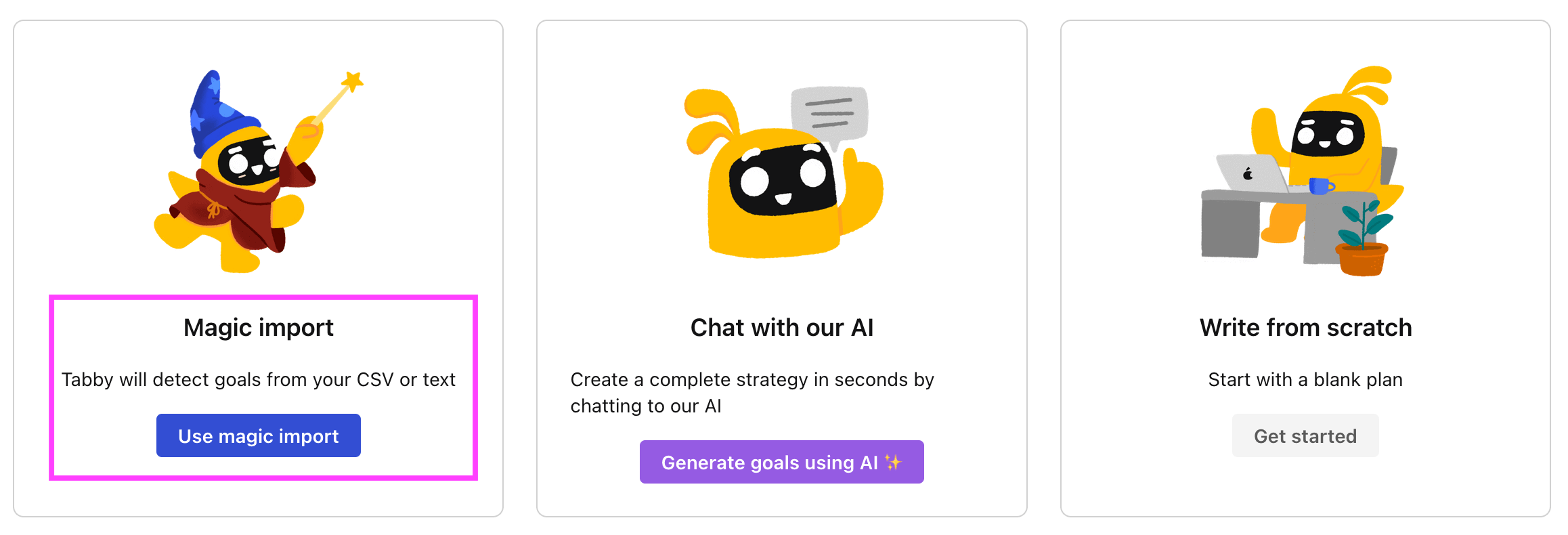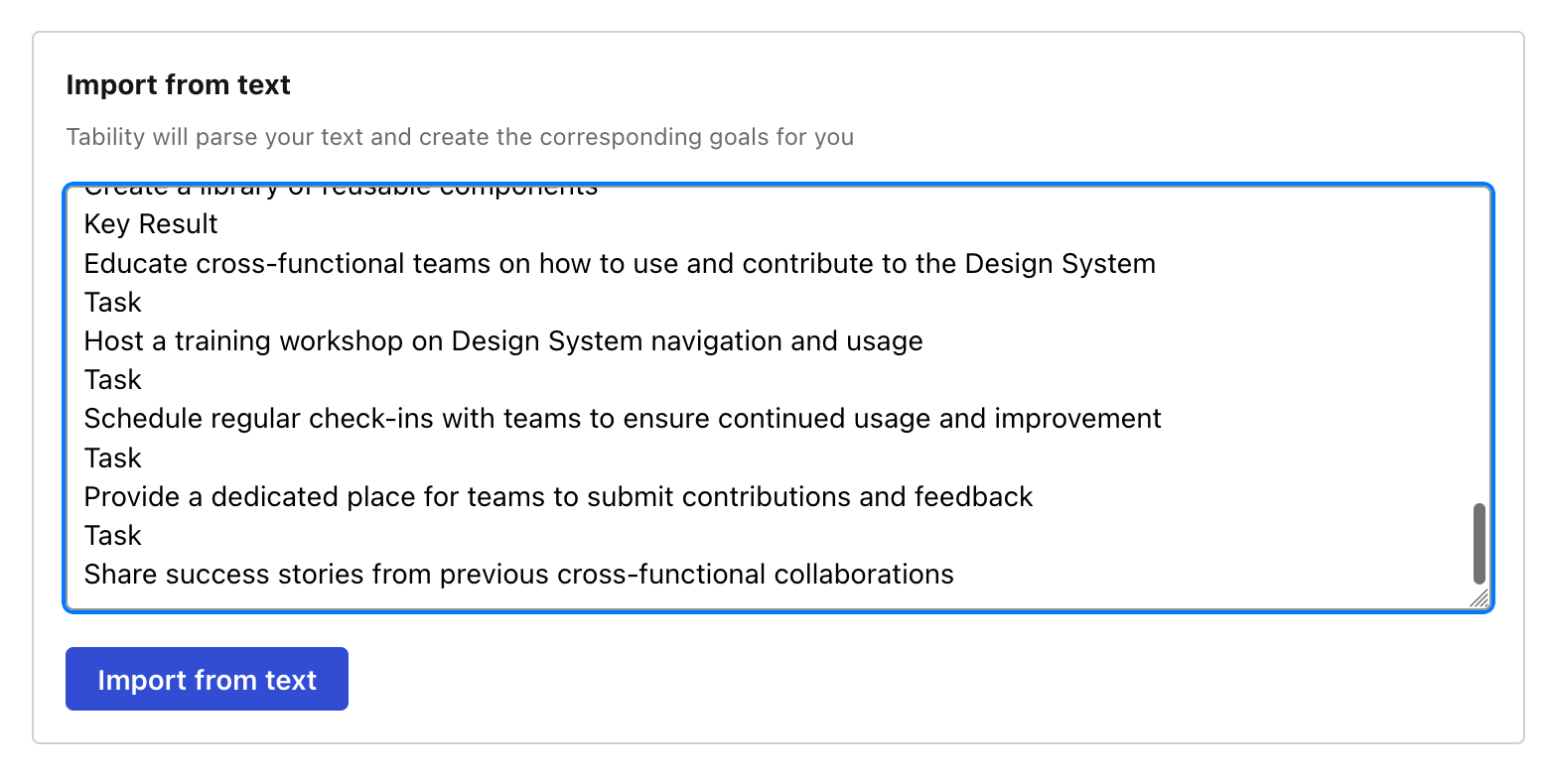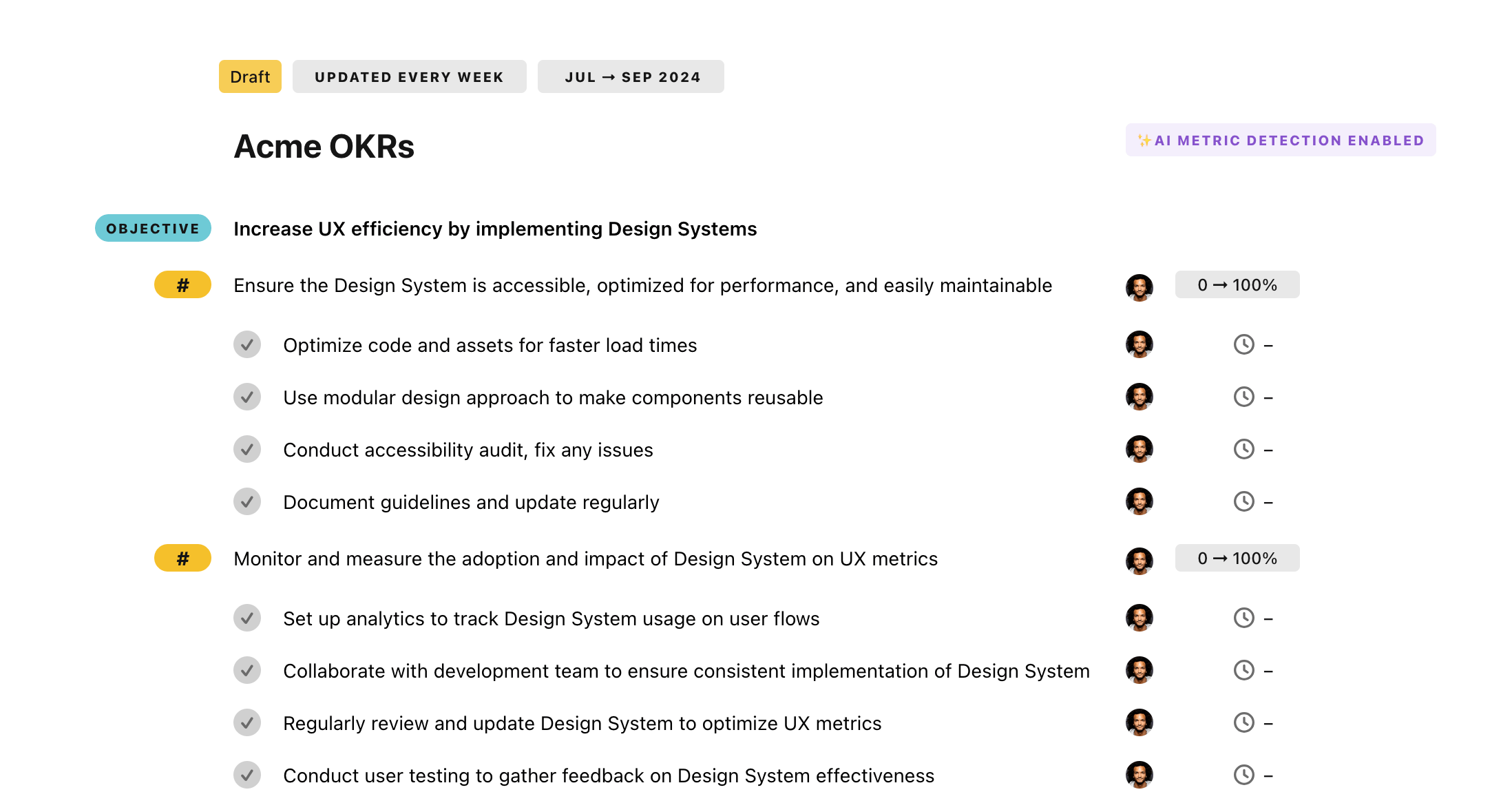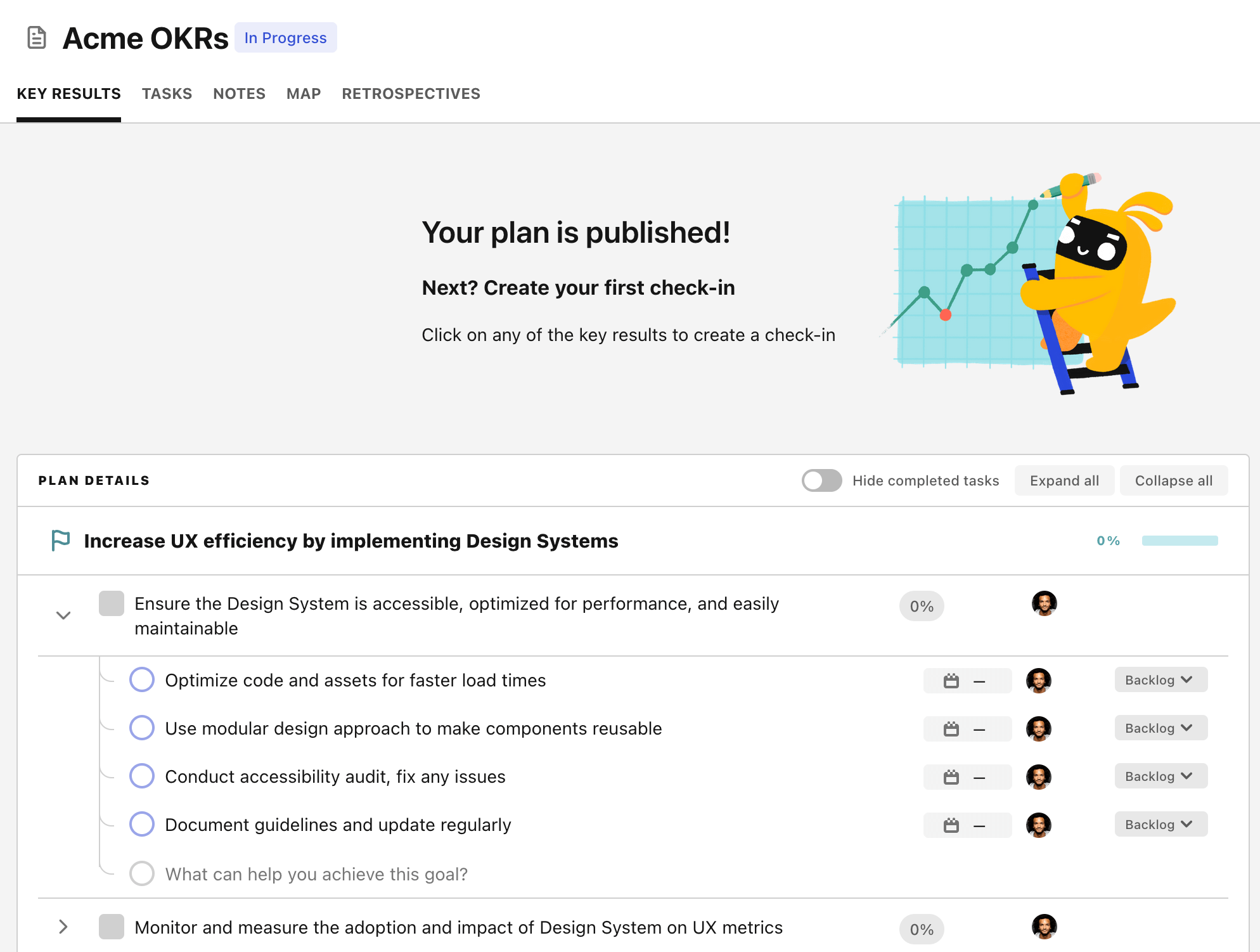OKR template to optimize Agronomy Operations for a Successful PGA Tournament
Your OKR template
Another objective focuses on enhancing the quality of the golf course vegetation. The plan entails increasing quality by 20% through the use of innovative agronomic practices. Methods for this goal include regular assessment of soil health, implementing sustainable irrigation practices, and improving vegetation quality using organic compounds such as bio-fertilizers.
In addition, reducing the course maintenance downtime is another major aim stated in the OKR. Through effective scheduling and resources management, the downtime is aimed to be minimized by 15%. This is to be pursued by implementing comprehensive yet rigorous course maintenance schedules, monitoring and adjusting scheduling when necessary and proper allocation of resources for smooth operations.
Overall, this OKR aims to organize and optimize the operations in relation to the PGA Tournament, enhancing the prospects of delivering a successful and satisfying event.
ObjectiveOptimize Agronomy Operations for a Successful PGA Tournament
KRTrain staff to comply with PGA tournament guidelines, achieving 100% compliance
Monitor and track staff compliance to ensure 100%
Conduct comprehensive training sessions on the guidelines
Distribute PGA tournament guidelines to the entire staff
KRImprove golf course vegetation quality by 20% using innovative agronomic practices
Regularly assess soil health to spot deficiencies earlier
Implement sustainable irrigation methods to maintain healthy soil and vegetation
Enhance vegetation quality using bio-fertilizers and organic supplements
KRReduce course maintenance downtime by 15% through effective scheduling and resources management
Implement rigorous course maintenance schedule
Regularly monitor and adjust scheduling as needed
Allocate resources properly for seamless operations
How to edit and track OKRs with Tability
You'll probably want to edit the examples in this post, and Tability is the perfect tool for it.
Tability is an AI-powered platform that helps teams set better goals, monitor execution, and get help to achieve their objectives faster.
With Tability you can:
- Use AI to draft a complete set of OKRs in seconds
- Connect your OKRs and team goals to your project
- Automate reporting with integrations and built-in dashboard
Instead of having to copy the content of the OKR examples in a doc or spreadsheet, you can use Tability’s magic importer to start using any of the examples in this page.
The import process can be done in seconds, allowing you to edit OKRs directly in a platform that knows how to manage and track goals.
Step 1. Sign up for a free Tability account
Go tohttps://tability.app/signup and create your account (it's free!)
Step 2. Create a plan
Follow the steps after your onboarding to create your first plan, you should get to a page that looks like the picture below.

Step 3. Use the magic importer
Click on Use magic import to open up the Magic Import modal.
Now, go back to the OKR examples, and click on Copy on the example that you’d like to use.

Paste the content in the text import section. Don’t worry about the formatting, Tability’s AI will be able to parse it!

Now, just click on Import from text and let the magic happen.

Once your example is in the plan editor, you will be able to:
- Edit the objectives, key results, and tasks
- Click on the target 0 → 100% to set better target
- Use the tips and the AI to refine your goals
Step 4. Publish your plan
Once you’re done editing, you can publish your plan to switch to the goal-tracking mode.

From there you will have access to all the features that will help you and your team save hours with OKR reporting.
- 10+ built-in dashboards to visualise progress on your goals
- Weekly reminders, data connectors, and smart notifications
- 9 views to map OKRs to strategic projects
- Strategy map to align teams at scale